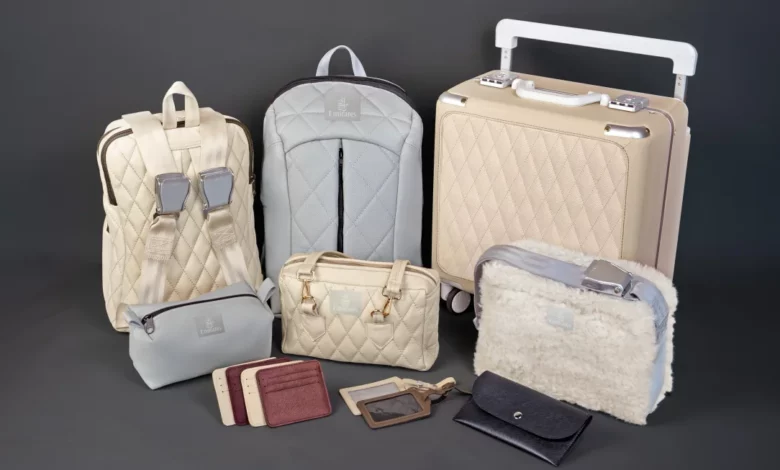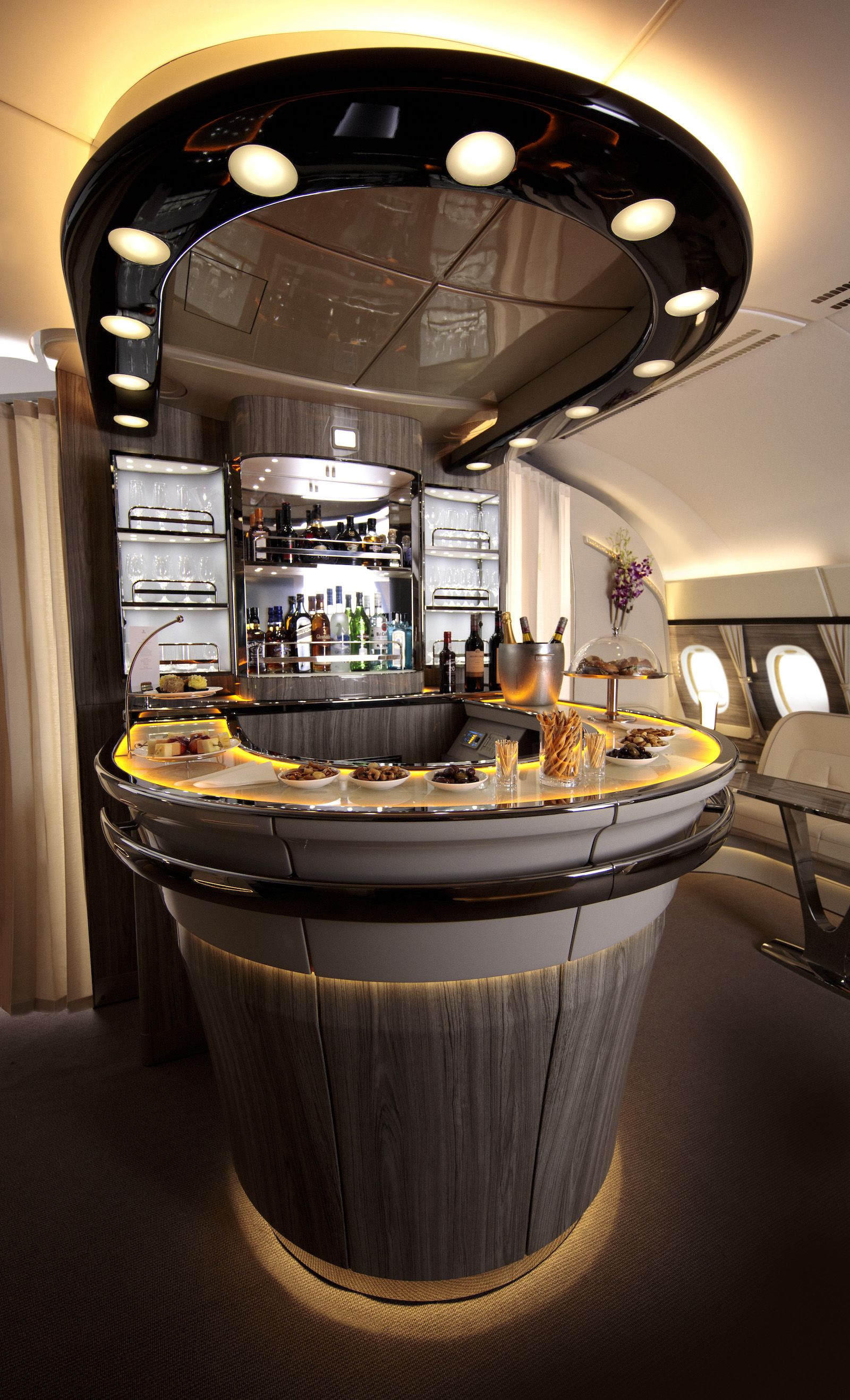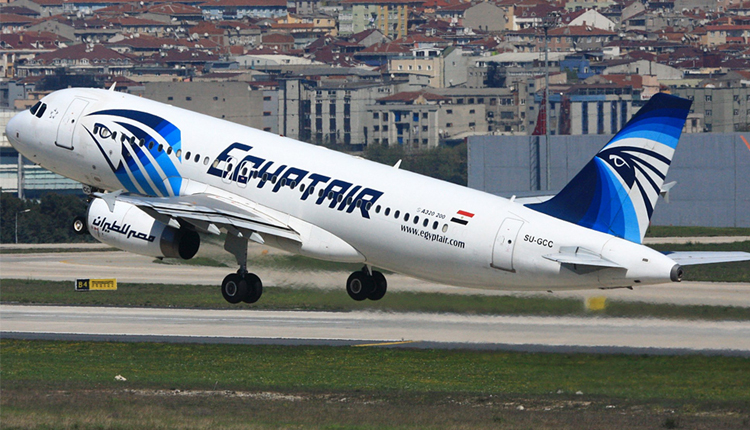
Editor’s Note: This CNN series is, or was, sponsored by the country it highlights. CNN retains full editorial control over subject matter, reporting and frequency of the articles and videos within the sponsorship, in compliance with our policy.
If you’ve ever wanted to own a piece of the iconic A380 superjumbo, here’s your chance: Emirates is preparing to launch a limited-edition collection of luggage and accessories made from upcycled parts, sourced from the carrier’s Airbus A380 and Boeing 777 aircraft.
The collection includes suitcases, backpacks, handbags, cardholders, toiletry bags, belts and shoes, all fashioned in-house and handmade by a team of tailors at an Emirates Engineering facility in Dubai.
Scheduled for sale in 2024, the collection is entirely made to order, meaning customers will be able to request items to personal specifications or include engravings of their initials. All proceeds will be donated to children in need, via the Emirates Airline Foundation.
The initiative is part of a large retrofit project involving 120 aircraft, which are getting entirely new interiors. Old cabin components are usually recycled, but Emirates says it is upcycling materials from First and Business classes for the collection.
Items collected so far include seatbelts, headrests, leather from A380 lounges and fur from the lining of cockpit seats. The airline says that more than 30,000 pounds of material has been recovered from 16 aircraft so far, with plans to obtain up to 595 pounds of leather and 1,382 pounds of seat fabric for each refurbished aircraft.
A piece of history
A selection of items from the collection was displayed at the Dubai Air Show in November, made with leather from First Class, Business class and Sofa seats, as well as aluminum from headrests.
“We have produced a carry-on case and backpacks which are already garnering a lot of interest,” says Ahmed Safa, Emirates’ divisional senior vice president for engineering. “The leather is laundered in our partner facility, then further deep cleaned by hand, then leather-conditioned, and thoroughly disinfected before being made into the case and bags. Brand new lining is added along with the handle and clasps. We have an in-house workshop and dedicated team in Emirates Engineering where most of this activity happens.
“The idea for the different designs come from our internal team, who looked up current styles and popular luggage shapes and functional backpacks to create patterns for each piece.”
Work is carried out by a group called Engineering Maintenance Assistants, an in-house team of 14 tailors who are usually tasked with maintenance of cabin fittings. Four of them are currently working exclusively on the initiative, says Emirates.
When aircraft reach the end of their life, they are usually recycled by specialist companies that can recover up to 90% of the material to give it a second life. Emirates had previously auctioned for charity a few hundred items from one of its decommissioned A380s. But the materials used for the new collection come from planes that are still in service, and that the airline is refreshing with redesigned cabins. The retrofit process, which started in 2022 and is expected to take two years, involves 67 A380s and 53 777s, which will see about 4,000 new seats installed and thousands of First Class suites and Business Class seats refurbished and upgraded to new designs.

“Emirates has not had this massive aircraft retrofit initiative before, so we have not had these materials before in any quantity,” Safa says. “Once the retrofit is complete, we will not have any more fabrics to work with. It’s a once-off chance to own a piece of aviation history.”
The work didn’t come without challenges, Safa adds, such as how to clean the fur lining from the Captain’s seats without damaging it. “We are now using an air cleaning method and disinfection,” he explains.
Other airlines have previously created collections made from upcycled plane parts, including Lufthansa, which released a line of home furniture and accessories with components taken from a retired A340-600.
According to Nina Gbor, a sustainable fashion expert and educator, upcycled products can sometimes be perceived as lesser quality, but Emirates seems to be doing a good job in exemplifying that upcycling can also be stylish and of good quality. “It’s also clever to see how they’ve retained and incorporated elements of the aircraft, such as the seat belts, in their original form, and used them as bag straps for example,” she says.
Considering there is scope to recover hundreds of pounds of leather and fabric from each aircraft, Gbor hopes that Emirates continues this range beyond just a limited edition. “I also hope that other product manufacturers are inspired by this and commit to using existing materials to redesign and repurpose most or all of their products,” she adds. “It’s a revolutionary path towards a much-needed circular economy in our world.”




